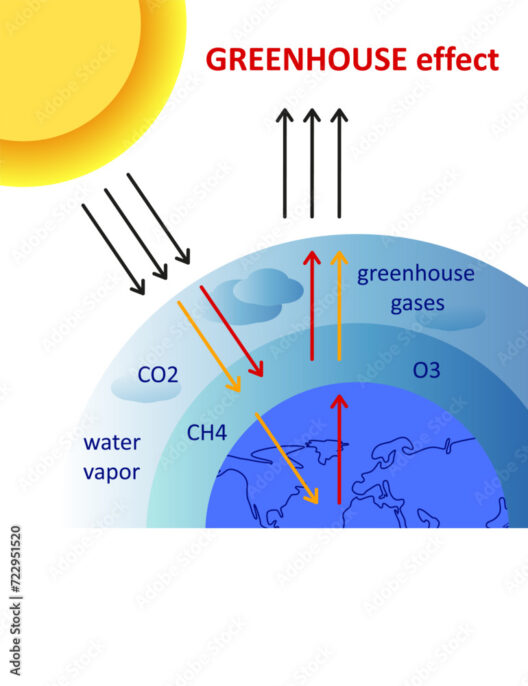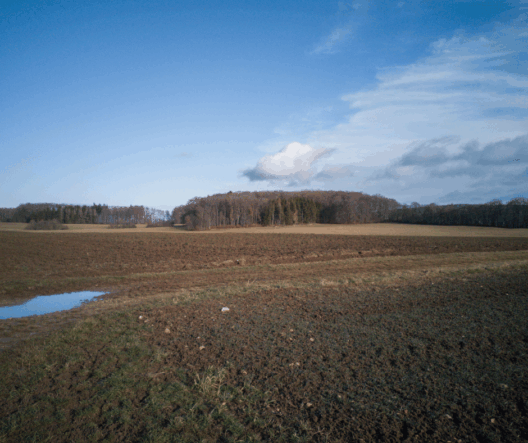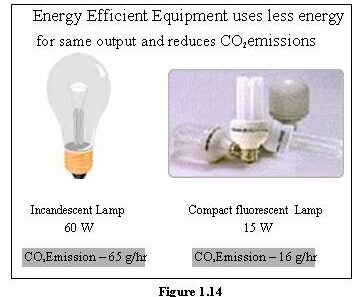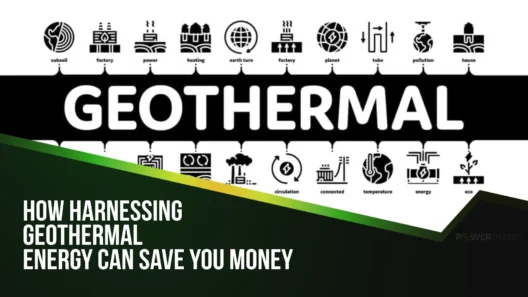The Law of Conservation of Energy stands as one of the fundamental principles governing the physical universe. It posits that energy cannot be created or destroyed, only transformed from one form to another. This principle resonates deeply with both scientific inquiry and philosophical reflection. Observing the interplay of energy conversion in everyday life provides a profound illustration of this law, inviting curiosity about the nature of energy itself and its pivotal role in our world.
The fascination with this law often stems from its pervasive presence in various scientific disciplines—from physics to biology—and its implication in technological advancement and environmental stewardship. Understanding the Law of Conservation of Energy is not merely an academic exercise; it has practical consequences in our quest to create sustainable solutions for an ever-changing world.
Energy Transformation: The Central Theme of the Law
Energy manifests in myriad forms, including kinetic, potential, thermal, chemical, and nuclear energy, among others. Each form has distinct characteristics and applications. Kinetic energy, for instance, relates to the motion of objects, while potential energy is associated with an object’s position within a gravitational field or its molecular bonds. The law emphasizes that when one form of energy ceases to exist, another must emerge to take its place. This interconnectedness of energy forms leads to a marvel of phenomena that underpin both natural ecosystems and human-engineered systems.
Take, for example, the humble act of boiling water. The chemical bonds in the fuel, whether natural gas or electricity, undergo a transformation. As fuel is burned or electricity flows, chemical energy converts into thermal energy, which transfers to the water, raising its temperature. The water, now containing kinetic energy due to increased molecular movement, can eventually transition to steam, a different guise of energy. This cyclic dance of energy conversion is a vivid testament to the law’s omnipresent truth in daily life.
Implications in Renewable Energy Development
As society grapples with the imperatives of climate change and resource depletion, the Law of Conservation of Energy takes on renewed significance in discussions surrounding renewable energy. The inexhaustible power harnessed from solar, wind, and geothermal sources invites a reevaluation of traditional energy paradigms. These alternative sources emphasize the law’s core tenet: while we may seek to transform energy, we cannot afford to squander it. Instead of merely consuming energy, we must learn to channel and convert it effectively.
The engineering feats behind solar panels, which convert sunlight into electrical energy, and wind turbines, which transform kinetic energy from wind flow, exemplify the practical applications of this law. By understanding the underlying energy transformations, researchers and engineers facilitate a more profound integration of renewable technologies within society. This focus on sustainable energy production aligns with a broader ethos of reducing environmental impact and cultivating ecological balance.
The Interplay of Energy and Matter
While the Law of Conservation of Energy predominately emphasizes energy, it is inextricably linked to matter through the principle of mass-energy equivalence, famously articulated by Einstein’s equation E=mc². This insightful equation reveals the astonishing potential for mass to convert into energy and vice versa. In practical terms, this principle is manifested in nuclear reactions, where small amounts of matter yield immense energy output. The implications are vast, eclipsing simple energy transformations to encompass a broader understanding of the universe’s fabric. This entwined relationship between matter and energy begs the question of existence itself, challenging perceptions and pushing boundaries in both theoretical and applied physics.
Environmental Considerations: Energy Conservation in Nature
The natural world provides an exquisite illustration of the Law of Conservation of Energy at work through ecosystems. For instance, in photosynthesis, plants capture solar energy and transform it into chemical energy stored in glucose molecules. Conversely, when organisms consume these plants, the chemical energy is converted into kinetic energy and thermal energy, enabling growth, reproduction, and other biological processes. Thus, ecosystems are complex networks of energy flow, where energy constantly shifts forms but remains conserved overall.
Human impact on these energy cycles often results in disruptions, illustrating the inherent interdependence of energy, matter, and life. Deforestation, for example, interferes with photosynthetic processes, leading to an energy deficit in the local ecosystem. Awareness of these intricate relationships spurs environmental advocates to emphasize the importance of renewable energy practices and conservation efforts, thereby promoting a holistic approach to environmental stewardship.
The Law of Conservation of Energy informs not only scientific inquiry but also inspires a deeper contemplation of our place in the universe. As humanity faces unprecedented challenges regarding climate change and resource management, a rigorous understanding of energy and its transformations earns more relevance than ever. By embracing this law, society can forge a path toward a sustainable future, where the conservation of energy is not merely an academic principle but a guiding philosophy in our stewardship of the planet.
In conclusion, the Law of Conservation of Energy is essential to comprehending both the physical sciences and the intricate relationships that govern our environment. Its implications echo across fields, linking philosophy, technology, and ecology in a shared quest for understanding and sustainability. Ultimately, appreciating this law invites humanity to not only question the fundamental nature of energy but also to act responsibly within the confines of our shared milieux.







